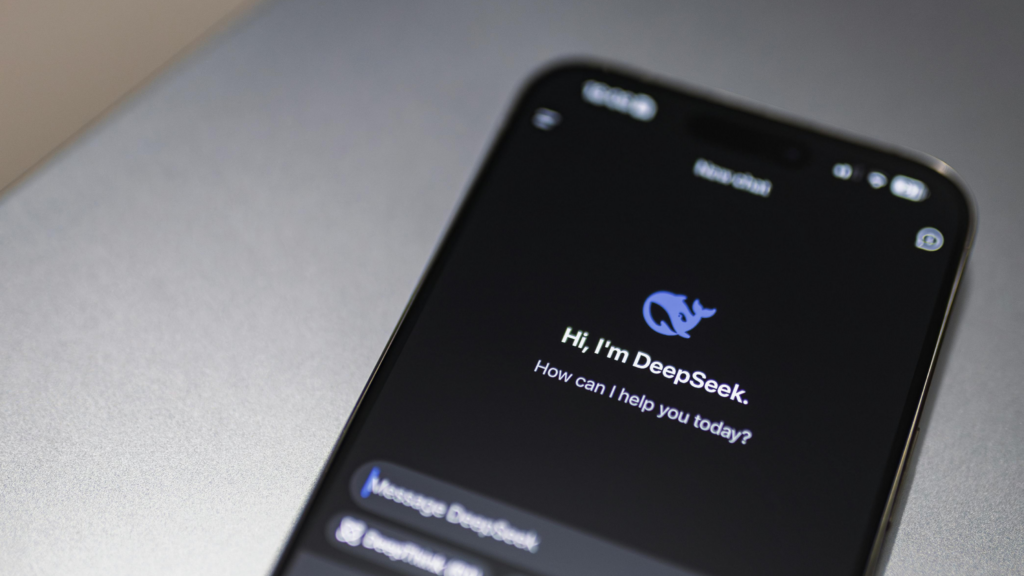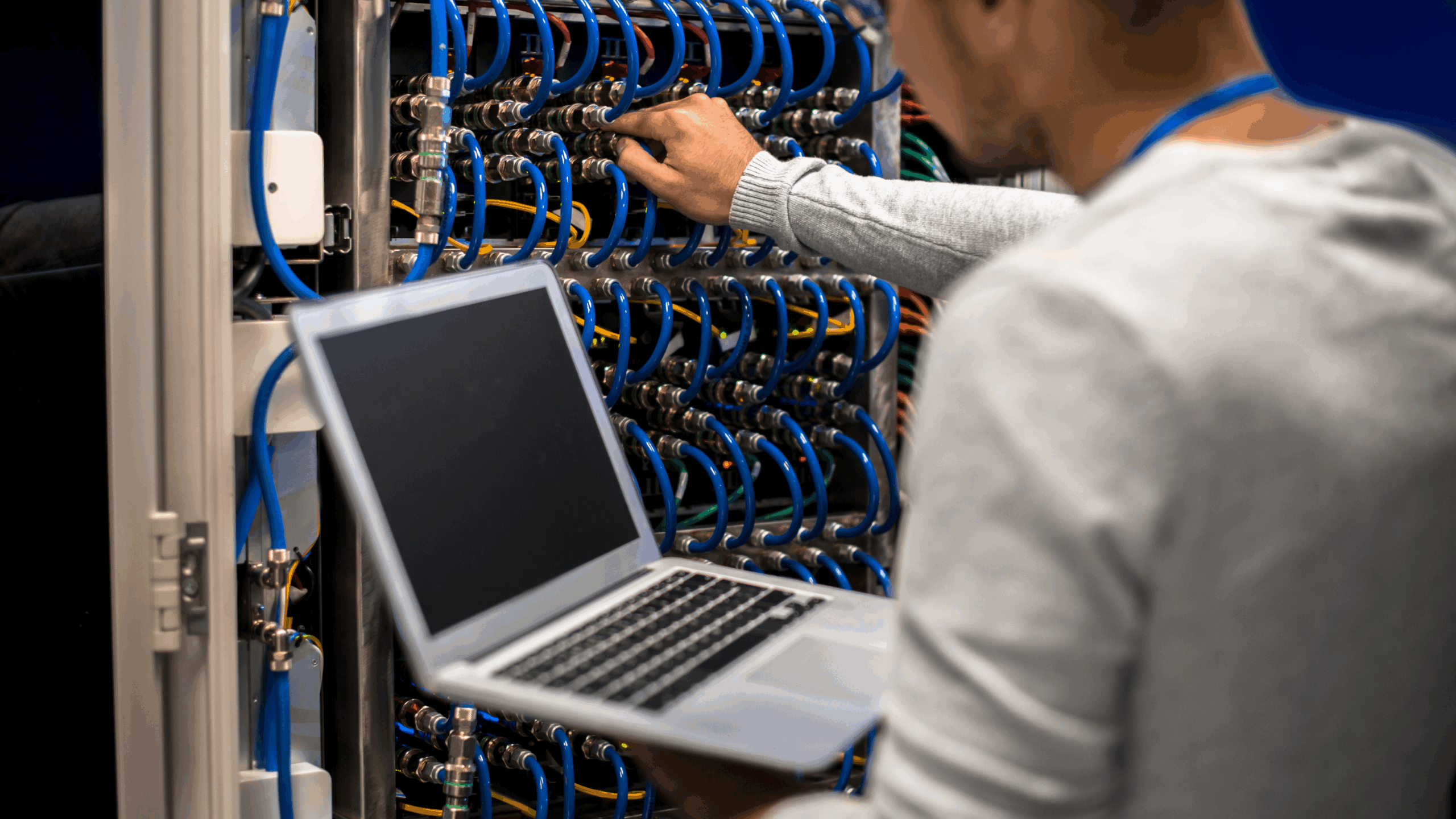Generative AI (GenAI) tools are increasingly being adopted in enterprises, providing innovative solutions across various business functions. However, a recent report by LayerX highlights a concerning trend: 89% of enterprise GenAI usage occurs without IT oversight, putting organizations at risk of data leaks and unauthorized access. This statistic emphasizes the urgent need for businesses to address the security implications of unmonitored GenAI adoption.
Understanding the Implications
The widespread, unsupervised use of GenAI tools suggests that many employees are integrating these technologies into their workflows independently, often through personal accounts. This practice makes it challenging for IT departments to enforce security protocols, increasing the risk of sensitive information being mishandled or exposed. The LayerX report highlights that nearly 72% of employees access GenAI tools outside corporate controls, and only 12% authenticate via Single Sign-On (SSO). This lack of oversight can lead to significant vulnerabilities, as confidential data may be inadvertently shared or stored in unsecured environments.
Security Risks of Unmonitored GenAI Usage
The unsupervised use of GenAI tools introduces several security risks:
Data Exposure: Employees may input sensitive business information, customer data, or proprietary code into GenAI tools, averaging four pastes per day. Without proper security measures, organisations risk losing control over critical data.
Unauthorised Access: Personal accounts used to access GenAI tools may not have the same security standards as corporate accounts, increasing the likelihood of unauthorised access to company information.
Compliance Violations: Unregulated use of GenAI tools can lead to non-compliance with data protection regulations, potentially resulting in legal repercussions and damage to the organisation’s reputation.
How to Get a Handle on It
To mitigate these risks, enterprises should consider implementing the following best practices:
Enhance Visibility: Deploy browser-based security solutions that provide real-time visibility into GenAI tool usage within the organisation. This approach helps identify and monitor unsanctioned applications.
Implement Data Loss Prevention (DLP) Measures: Integrate DLP strategies to detect and prevent the unauthorised sharing of sensitive information through GenAI tools.
Enforce Authentication Policies: Require the use of corporate accounts and Single Sign-On (SSO) for accessing GenAI applications to ensure that only authorised personnel can use these tools.
Educate Employees: Conduct regular training sessions to raise awareness about the security risks associated with unsupervised GenAI usage and promote adherence to established protocols.
Develop Clear Policies: Establish and communicate clear guidelines regarding the acceptable use of GenAI tools, outlining the security measures employees must follow.
Conclusion and Call to Action
The invisible use of GenAI tools within enterprises presents significant security challenges that cannot be overlooked. By proactively implementing robust security measures and fostering a culture of awareness, organizations can leverage the benefits of GenAI while protecting their critical assets. It is imperative for businesses to take action now, ensuring that innovation does not come at the expense of security.
Generative AI (GenAI) tools are increasingly being adopted in enterprises, providing innovative solutions across various business functions. However, a recent report by LayerX highlights a concerning trend: 89% of enterprise GenAI usage occurs without IT oversight, putting organizations at risk of data leaks and unauthorized access. This statistic emphasizes the urgent need for businesses to address the security implications of unmonitored GenAI adoption.
Understanding the Implications
The widespread, unsupervised use of GenAI tools suggests that many employees are integrating these technologies into their workflows independently, often through personal accounts. This practice makes it challenging for IT departments to enforce security protocols, increasing the risk of sensitive information being mishandled or exposed. The LayerX report highlights that nearly 72% of employees access GenAI tools outside corporate controls, and only 12% authenticate via Single Sign-On (SSO). This lack of oversight can lead to significant vulnerabilities, as confidential data may be inadvertently shared or stored in unsecured environments.
Security Risks of Unmonitored GenAI Usage
The unsupervised use of GenAI tools introduces several security risks:
Data Exposure: Employees may input sensitive business information, customer data, or proprietary code into GenAI tools, averaging four pastes per day. Without proper security measures, organisations risk losing control over critical data.
Unauthorised Access: Personal accounts used to access GenAI tools may not have the same security standards as corporate accounts, increasing the likelihood of unauthorised access to company information.
Compliance Violations: Unregulated use of GenAI tools can lead to non-compliance with data protection regulations, potentially resulting in legal repercussions and damage to the organisation’s reputation.
How to Get a Handle on It
To mitigate these risks, enterprises should consider implementing the following best practices:
Enhance Visibility: Deploy browser-based security solutions that provide real-time visibility into GenAI tool usage within the organisation. This approach helps identify and monitor unsanctioned applications.
Implement Data Loss Prevention (DLP) Measures: Integrate DLP strategies to detect and prevent the unauthorised sharing of sensitive information through GenAI tools.
Enforce Authentication Policies: Require the use of corporate accounts and Single Sign-On (SSO) for accessing GenAI applications to ensure that only authorised personnel can use these tools.
Educate Employees: Conduct regular training sessions to raise awareness about the security risks associated with unsupervised GenAI usage and promote adherence to established protocols.
Develop Clear Policies: Establish and communicate clear guidelines regarding the acceptable use of GenAI tools, outlining the security measures employees must follow.
The invisible use of GenAI tools within enterprises presents significant security challenges that cannot be overlooked. By proactively implementing robust security measures and fostering a culture of awareness, organizations can leverage the benefits of GenAI while protecting their critical assets. It is imperative for businesses to take action now, ensuring that innovation does not come at the expense of security.





